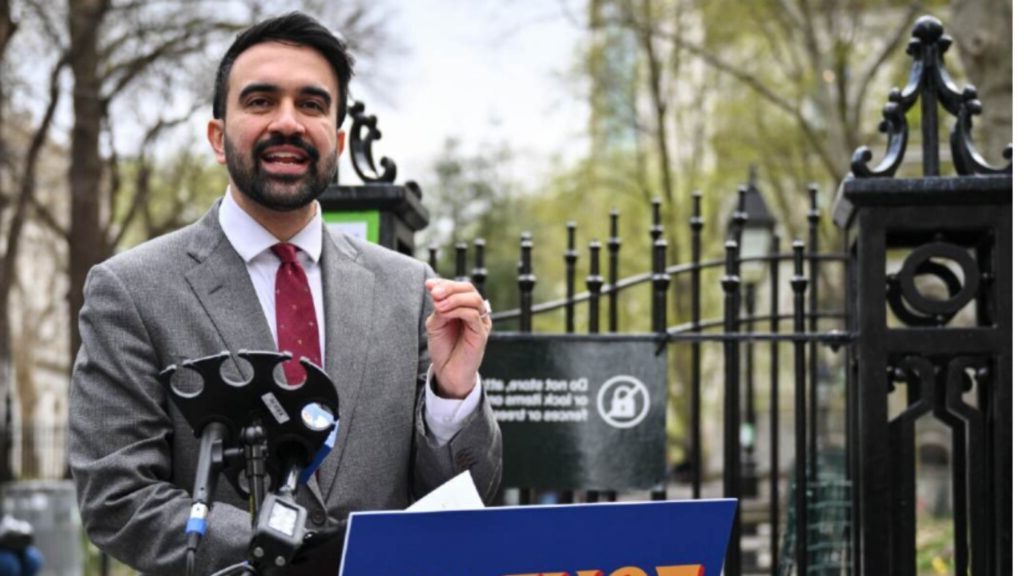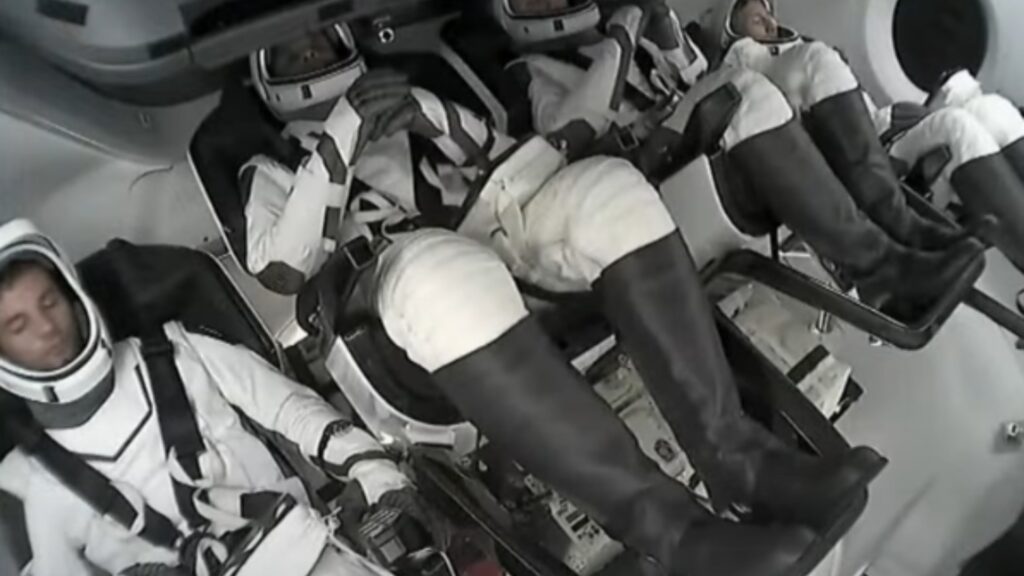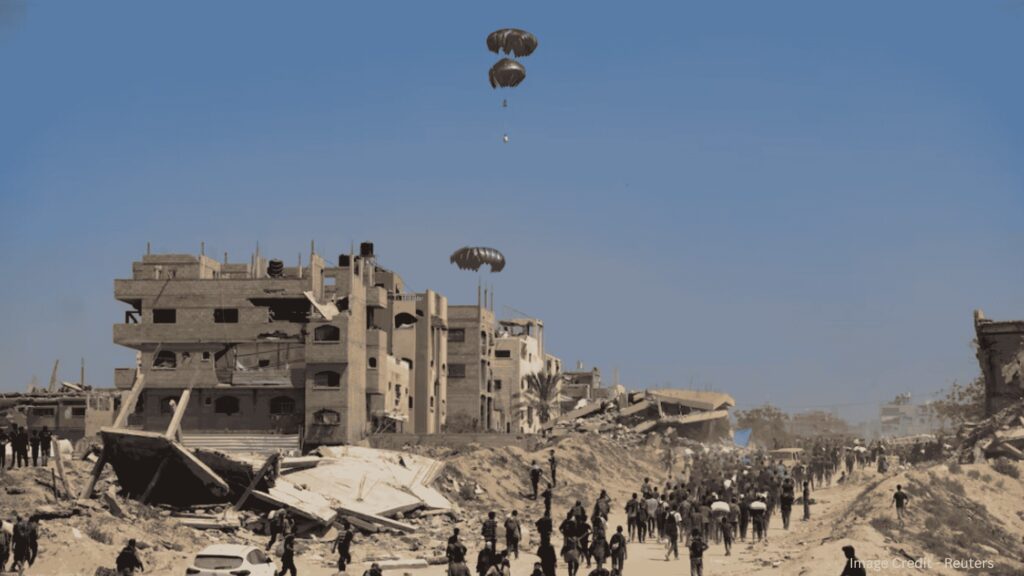Israel’s Gaza Pauses: A Hope for Aid, but the Struggle Continues
Israel’s daily pauses in Gaza fighting provide a brief respite for aid to flow. But with thousands still suffering, is it enough? Read BoldShout’s insights on this developing story.
A Glimmer of Hope Amidst the Darkness
It’s been a relentless year. The sounds of war, cries of the innocent, and daily reports of tragedy have dominated the news cycle, shaping the reality for millions caught in the crossfire. And just when it feels like hope is fading, a shift—albeit a small one—emerges. Israel’s announcement of daily pauses in military operations to allow humanitarian aid into Gaza might seem like a beacon of relief. But while these temporary halts offer a glimmer of hope, they bring with them a slew of complex questions.
Can this brief pause really make a difference? Is this truly a lifeline, or just another drop in an ocean of despair? Let’s take a step back and look at what these pauses mean for Gaza and what they reveal about the ongoing conflict.
The Context: A Longstanding Conflict
For context, the current violence between Israel and Hamas erupted in October 2023, after a brutal Hamas-led attack on Israel. Since then, Gaza has been subjected to bombings, violence, and a blockade that has left its people in a desperate struggle for survival. With each passing day, death tolls rise, and the situation grows increasingly dire. Reports indicate nearly 60,000 deaths in Gaza alone, most of them civilians, and countless others suffering from a lack of food, medicine, and basic human necessities.
Amidst this, Israel has been under immense international pressure, urging it to ease its blockade and allow more aid into Gaza. The world watches, waiting for the political and humanitarian tides to change. In the midst of this, Israel’s decision to pause military operations for 10-hour windows each day seems like an attempt to break from the endless cycle of violence.
What the Pauses Mean for Gaza
The world is holding its breath. These daily pauses, set to begin in late July 2025, are timed to provide some respite for aid convoys attempting to reach Gaza. But do these windows truly help? Or is it just another strategic move in a much larger game?
The Promise of Humanitarian Aid
For the people of Gaza, every piece of aid is a lifeline. The airdrops that have begun, courtesy of Jordan and the UAE, are helping to alleviate some immediate needs, but as humanitarian organizations have pointed out, air drops are not an ideal solution. They’re inefficient, dangerous, and often don’t reach those who need them most. Land convoys, despite the risks involved, are far more effective. The pauses might allow for these convoys to move, but how safe are they? And, more importantly, how far can they go with the continued violence around them?
The Impact on the Ground
Despite the pauses, the reality on the ground remains grim. Palestinian health officials report deaths from malnutrition, with 133 people—87 of them children—dying in the last few weeks alone. These numbers paint a devastating picture of the human cost of the conflict. With each hour the fighting continues, more lives are lost, and more families are torn apart.
Furthermore, Israel’s announcement comes after several failed ceasefire attempts. If this pause is anything more than a brief break in the violence, it remains to be seen. What’s clear, however, is that any genuine progress toward peace requires more than just short pauses. It requires trust, sustained dialogue, and a comprehensive strategy to address the underlying issues that continue to fuel the conflict.
Why the Pauses Are Controversial
Even within Israel, the daily pauses aren’t without their detractors. Some critics argue that these temporary measures won’t do much to improve the overall situation. Instead of creating space for peace, they believe these pauses may serve as nothing more than symbolic acts meant to appease the international community while allowing Israel to continue its military objectives.
Moreover, the pauses come with a heavy caveat. While aid can flow in, it’s unclear how much of that aid will reach the most vulnerable populations. The ongoing blockade and security concerns continue to restrict the flow of food, medicine, and other essential supplies.
The Cost of Human Suffering
Let’s talk about the human cost here. As the international community watches, people in Gaza continue to suffer in unimaginable ways. Daily bombings, a lack of basic medical care, and the horror of losing loved ones is something no one should experience. And yet, these moments of respite—the 10-hour pauses—don’t erase that reality. The suffering doesn’t vanish because of a 10-hour ceasefire. It lingers, gnawing at the very core of human existence.
Global Reactions to the Pauses
Across the globe, reactions to Israel’s decision have been mixed. Some nations have lauded the effort, calling it a step in the right direction. Others have expressed skepticism, wondering if it will be enough to address the growing humanitarian crisis. The United Nations and several other international bodies have long demanded that Israel ease its blockade to allow for full and unrestricted access to humanitarian aid. While these pauses are a welcome development, they fall far short of what’s truly needed.
Human Rights Organizations Weigh In
Organizations like the World Health Organization (WHO) and the United Nations Relief and Works Agency (UNRWA) have called for continuous access to aid. They’ve pointed out that these temporary pauses do not address the fundamental issues that have led to the current state of affairs. They advocate for an end to the blockade and unrestricted access for humanitarian aid.
Can There Be a True Path to Peace?
As the world watches and waits, the big question remains: can there be a true path to peace in Gaza? Israel’s daily pauses are a step, but they’re not the solution. The solution, if it exists, requires long-term efforts, compromises, and, most importantly, the courage to address the root causes of this conflict. Without tackling the political, social, and economic issues at the heart of the matter, peace will remain an elusive dream.
In the end, the daily pauses in Gaza represent a fleeting moment of hope. But will they be enough to change the trajectory of this devastating conflict? It’s hard to say. What’s clear, however, is that as long as the world remains passive, suffering will continue. These pauses might give a brief respite, but they’re not the end of the story. Real change will only come when both sides, and the international community, work together to address the underlying causes of violence. Until then, the struggle continues.
What do you think? Can temporary pauses in the fighting in Gaza bring about meaningful change, or is it just a temporary fix to a much larger problem? Share your thoughts in the comments below and continue the conversation. Let’s keep raising our voices for peace.
Gaza’s Starvation Crisis: The Deadly Toll on Children –






